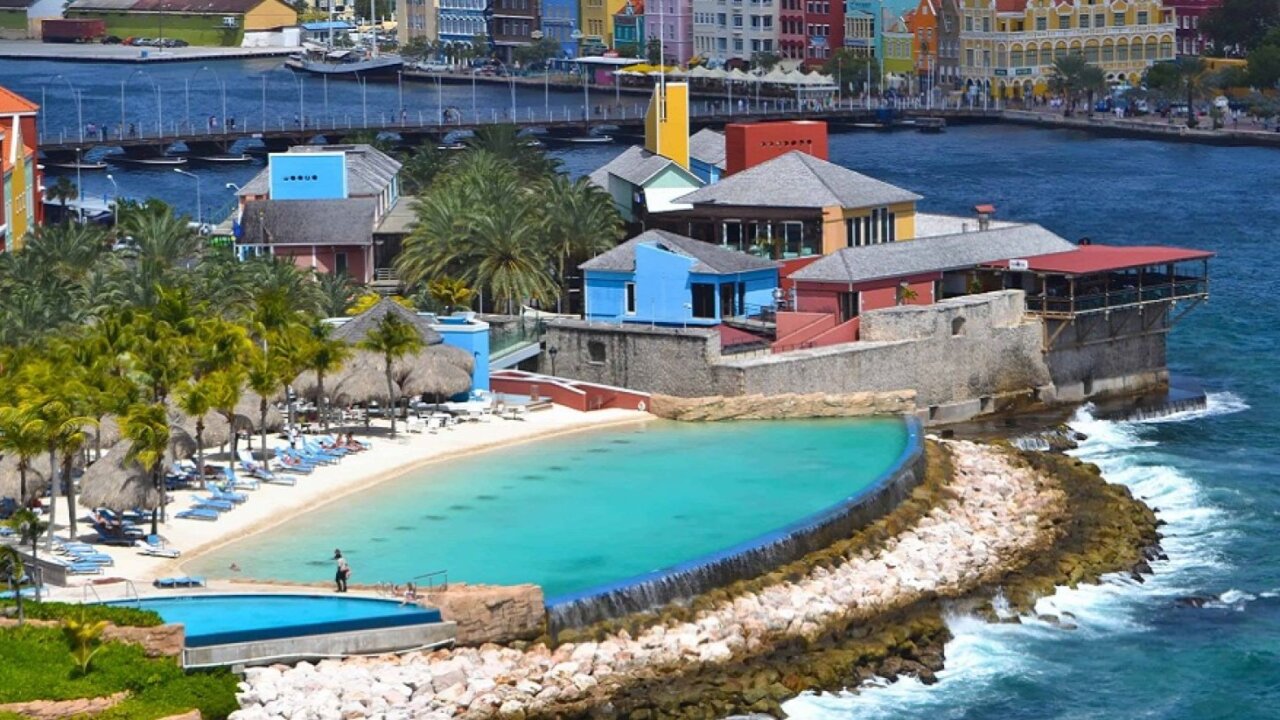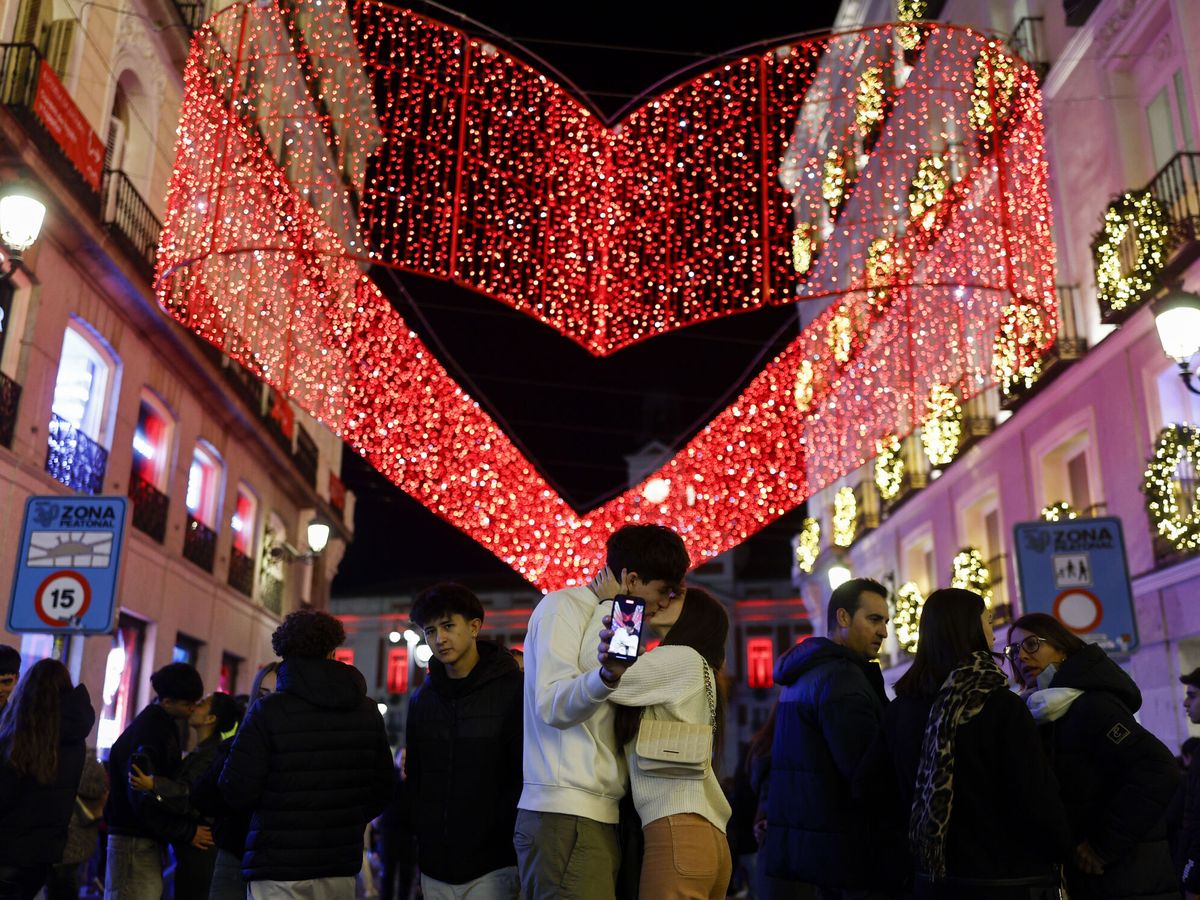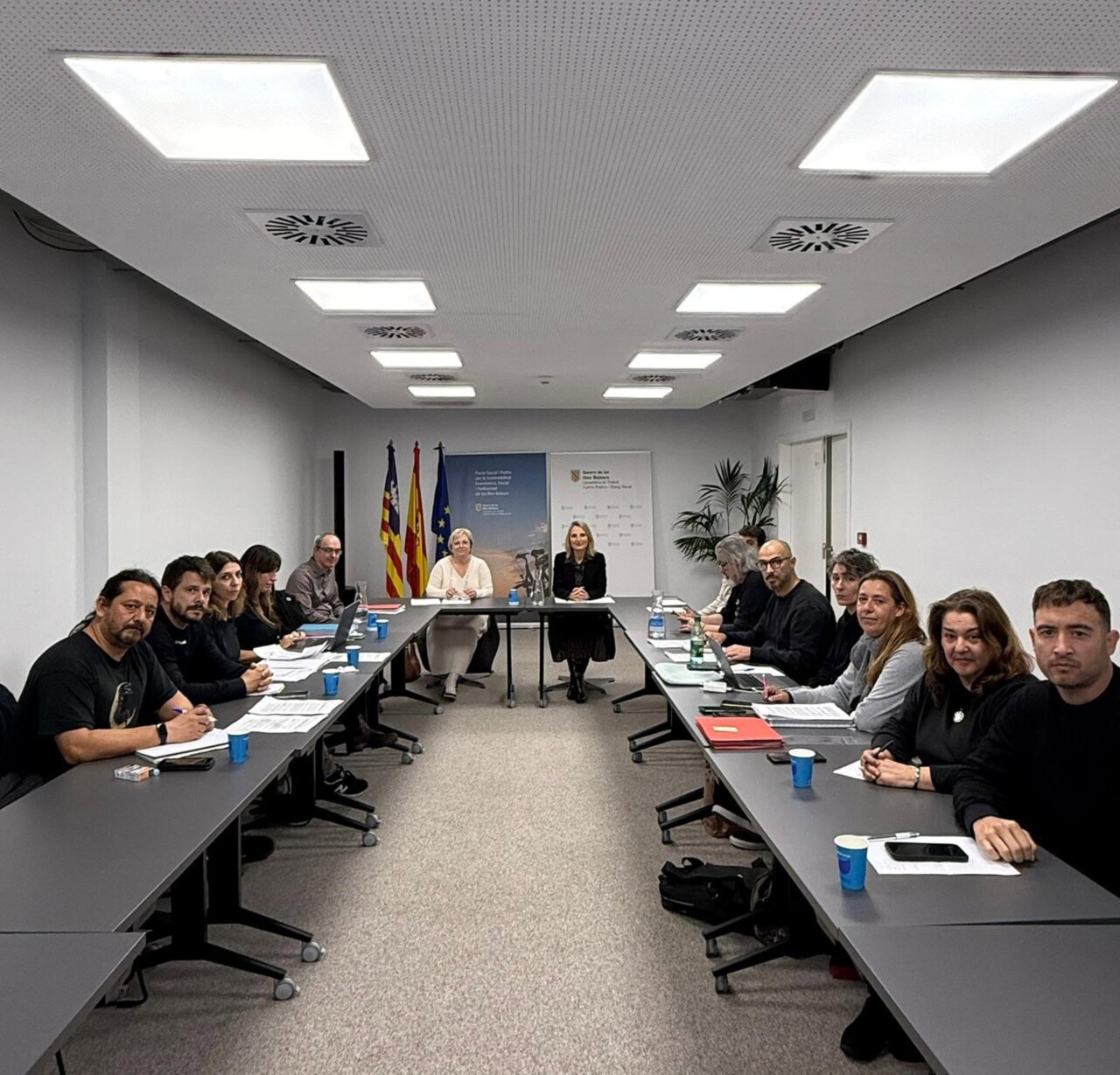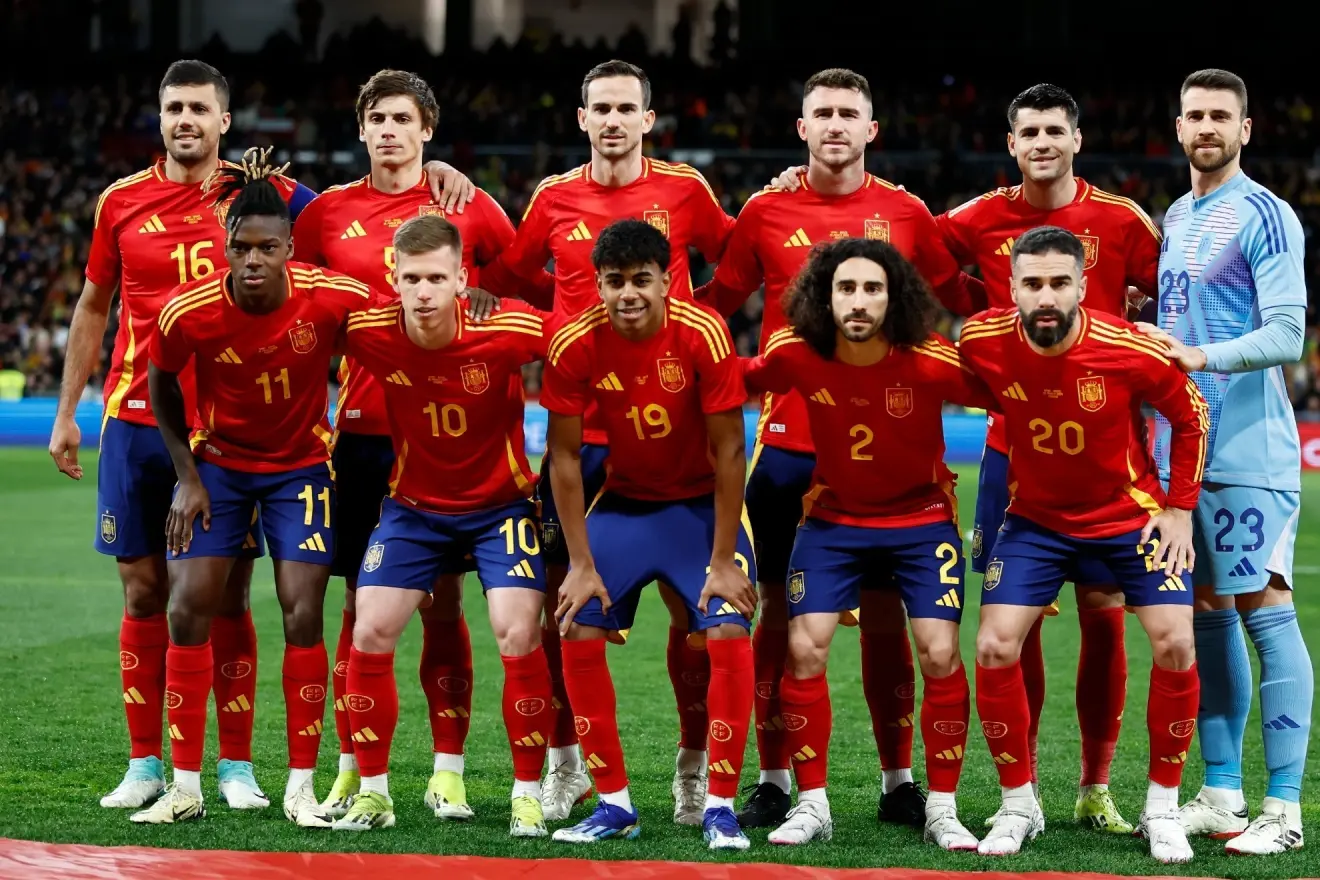Curaçao has achieved a historic milestone on the road to the 2026 World Cup: becoming the smallest country to secure qualification for the next World Cup. The Caribbean team secured its passage after drawing with Jamaica on November 18, a feat that has attracted international attention.
According to National Geographic, the island is a territory with a relevant historical weight in the Caribbean, marked by migratory processes, colonial influence and a strategic role in different moments of regional history.
A small island with a unique demographic history
The capital of Curaçao is Willemstad, a port that summarizes much of the character of the island: although its territory is small, its position just 160 km from the Venezuelan coast has deeply marked its social history.
According to the Center for Strategies and International Studies (CSIS), Curaçao and neighboring Aruba have been, in proportion to their size, the territories that have received the most displaced Venezuelan citizens in recent years.
This strategic location also explains why the island has played a relevant role in key moments of the continent’s history.
From Spanish rule to Dutch control
The European presence began in 1499, when the expedition of Alonso de Ojeda arrived on the island; in the following years, as part of the governorship of Nueva Andalucía, Curaçao, Aruba and Bonaire came under Spanish administration.
Disappointment due to the absence of precious metals led Diego Columbus to baptize them as “Useless Islands”. The indigenous population was massively deported to Hispaniola to work in mines.
In 1634, history took a definitive turn: the Dutch West India Company (WIC) took possession of the island after an expedition led by Johan van Walbeeck. The formal capitulation allowed a small group of Spaniards and Indians to leave the island for Venezuela.
Since then, Curaçao was integrated into the Dutch orbit, a configuration that has been maintained to this day.
Curaçao as a Caribbean trade hub and slave center
Under Dutch rule, Curaçao became a key commercial enclave. Its port, managed by the WIC, became one of the main points of entry and redistribution of enslaved people from Africa to different colonies in the Caribbean and South America.
This stage also consolidated Dutch as an administrative language. Although Papiamentu remained the everyday language, it incorporated an abundance of Dutch lexicon, especially related to commerce, governance and urban life.
Willemstad: the city born of the Caribbean and Dutch style
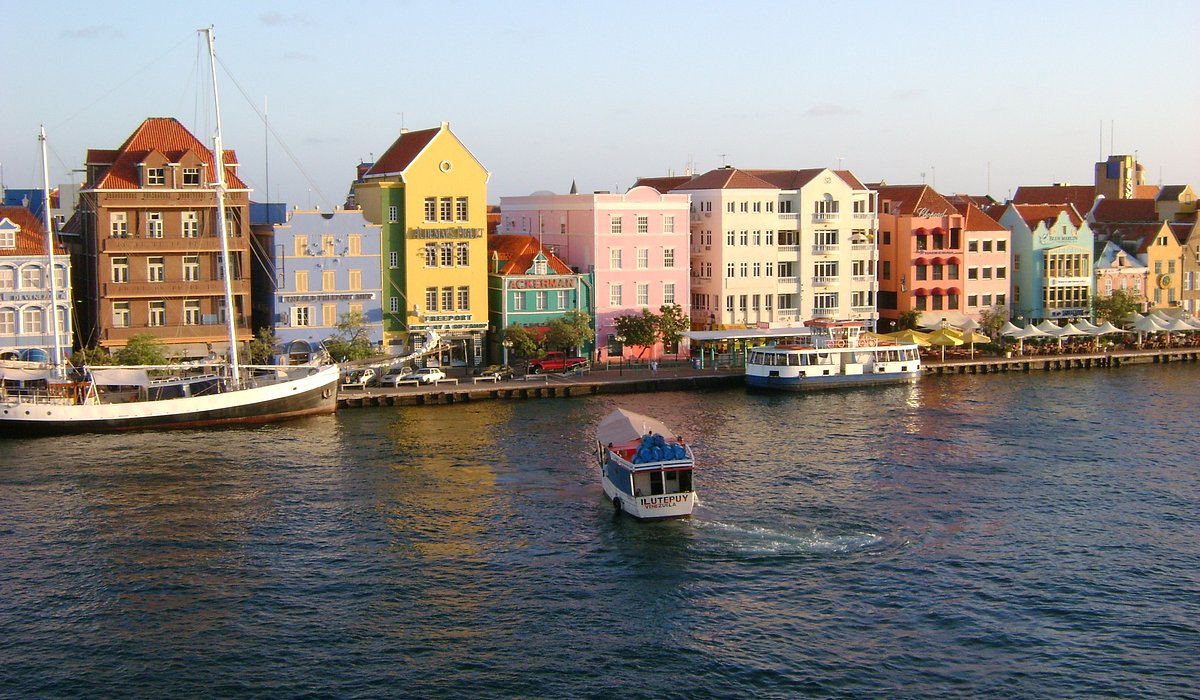
One of the most recognizable images of Curaçao is its colonial architecture. Willemstad, known as the “tropical Amsterdam”, combines typically Dutch designs with brightly painted facades.
The explanation for this colorful palette is attributed to Governor Albert Kikkert, who in the early 19th century claimed that white dazzled in the Caribbean sun and ordered the buildings to be painted in darker and more varied tones.
The practice became a tradition and, decades later, part of the tourist attraction that helped the city be declared a UNESCO World Heritage Site.
Shelter for Sephardic Jewish communities
In the 17th century, Curaçao became home to Sephardic Jews expelled from Spain and Portugal. Many had previously resided in Brazil and brought with them the daily use of Portuguese, which influenced commercial and religious practices.
His legacy lives on in the Mikveh Israel-Emanuel Synagogue, inaugurated in 1732 and considered the oldest continuously operating synagogue on the American continent. Its sand-covered interior recalls the ancient persecutions and symbolizes the Jewish people’s passage through the desert.
Its own currency and an economy anchored to the dollar
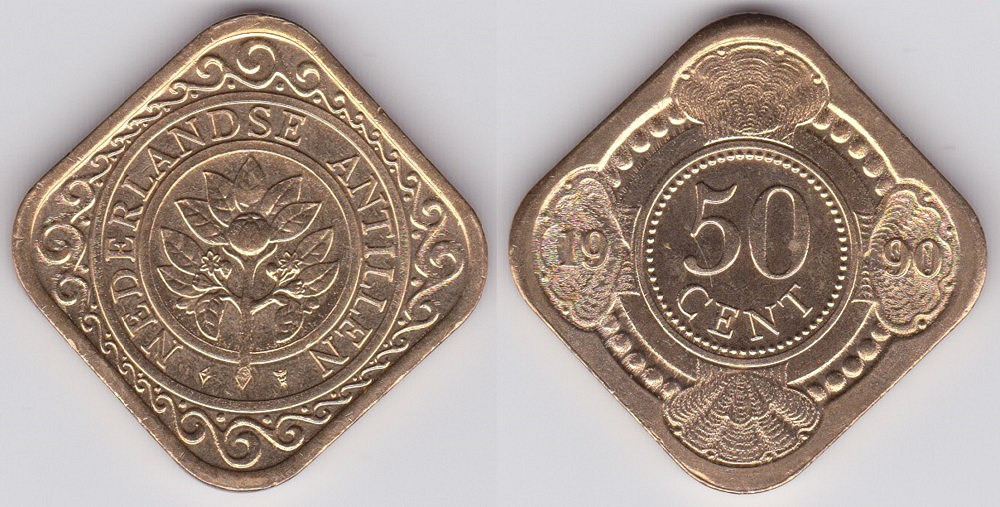
Although Curaçao is part of the Kingdom of the Netherlands, it has autonomy in several areas, including monetary affairs.
Since 1828, it has been using the Netherlands Antillean guilder (ANG), which is pegged to the U.S. dollar through a fixed exchange rate that provides financial stability to the island. This currency is a vestige of its colonial past and its regional economic integration.
Curaçao’s key role in World War II
During World War II, the island became one of the most strategic points in the hemisphere. Its refineries processed Venezuelan oil, which was crucial for supplying the Allies, especially for the production of fuel for planes and ships.
That importance also made it a military target: in 1942, German submarines attacked ships and oil installations in Curaçao’s waters, as part of the Axis campaign in the Caribbean.
Curaçao’s qualification for the 2026 World Cup is a turning point for a national team that until now has had little presence on the big international stages. Beyond the sporting impact, the achievement will allow the island to gain visibility and its name to circulate more frequently on the news agenda.

